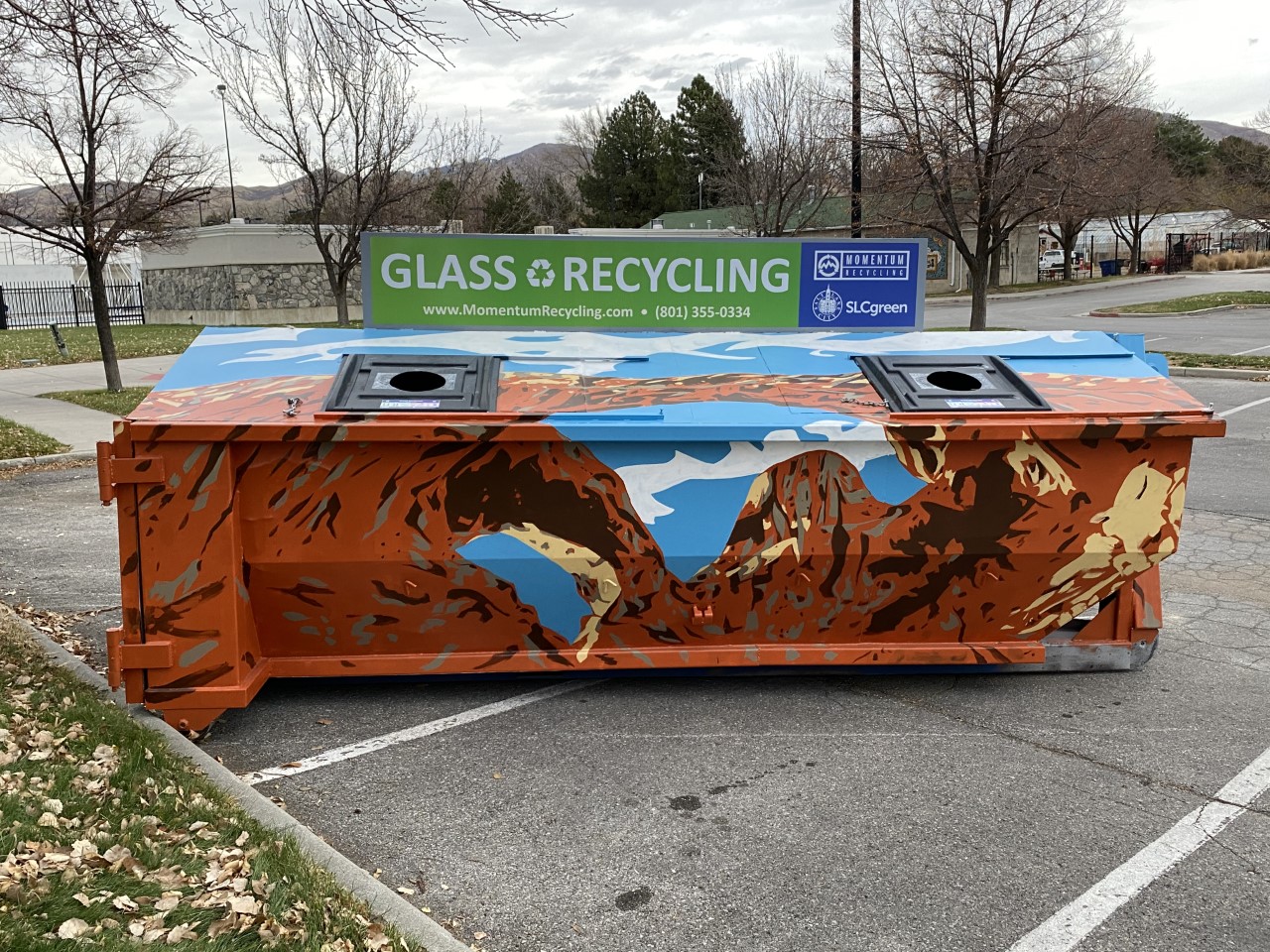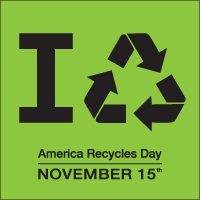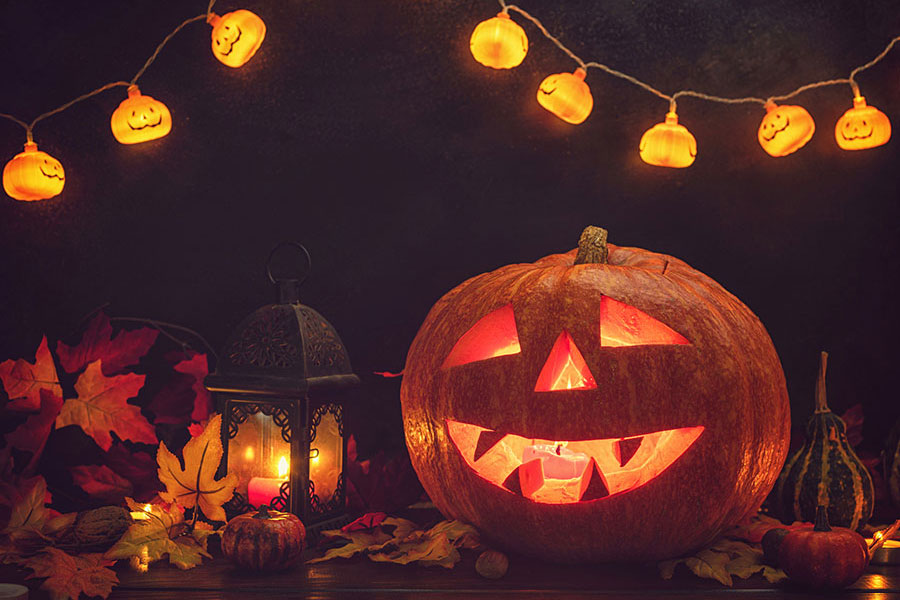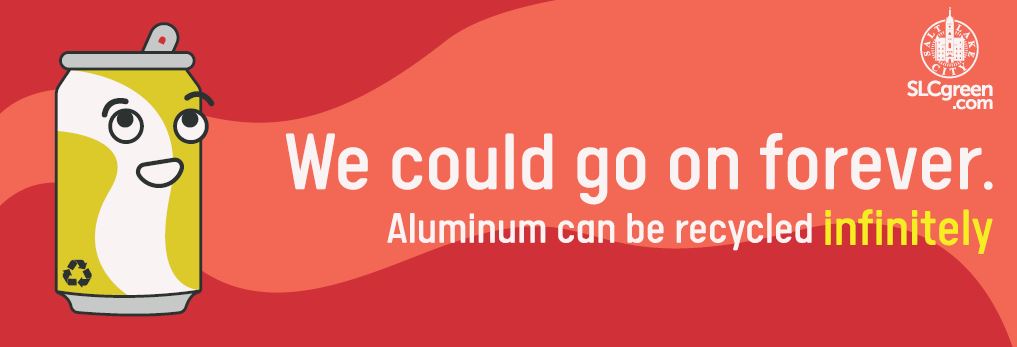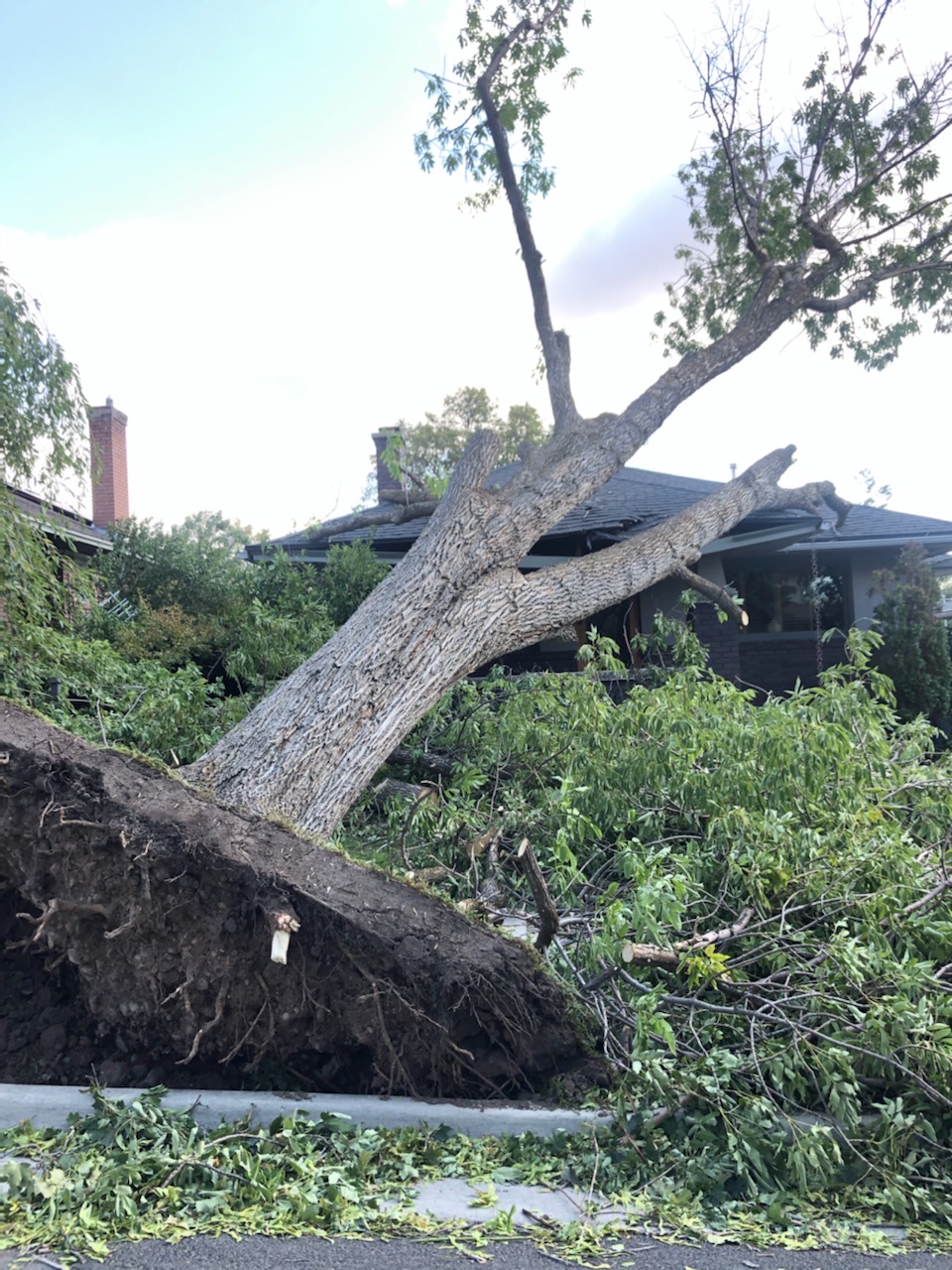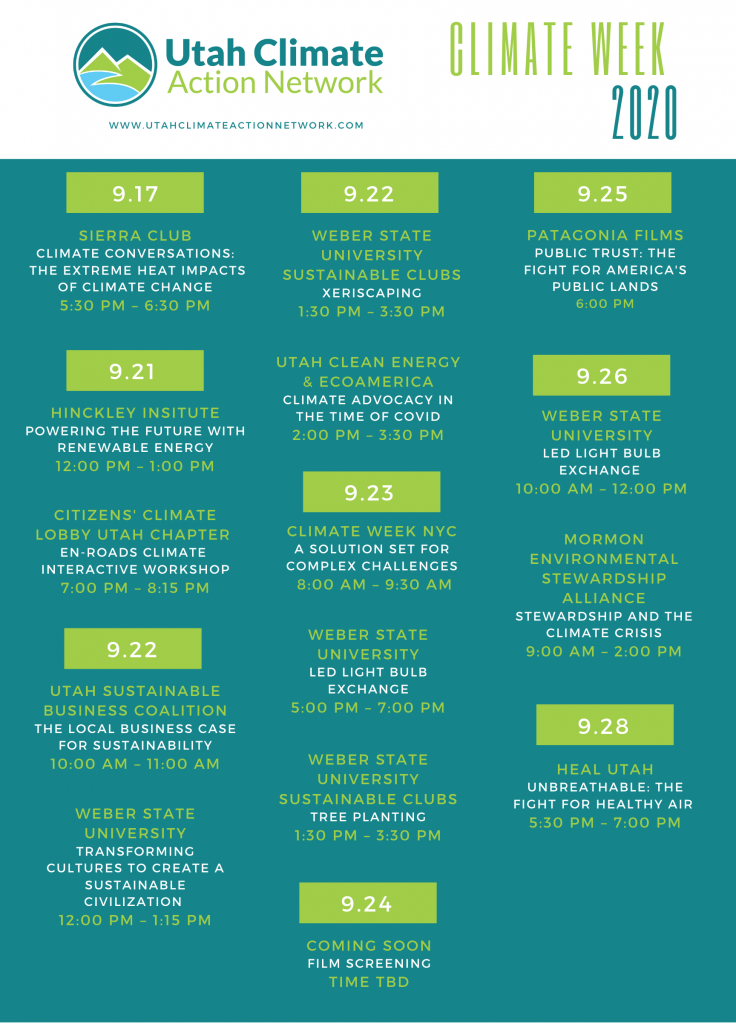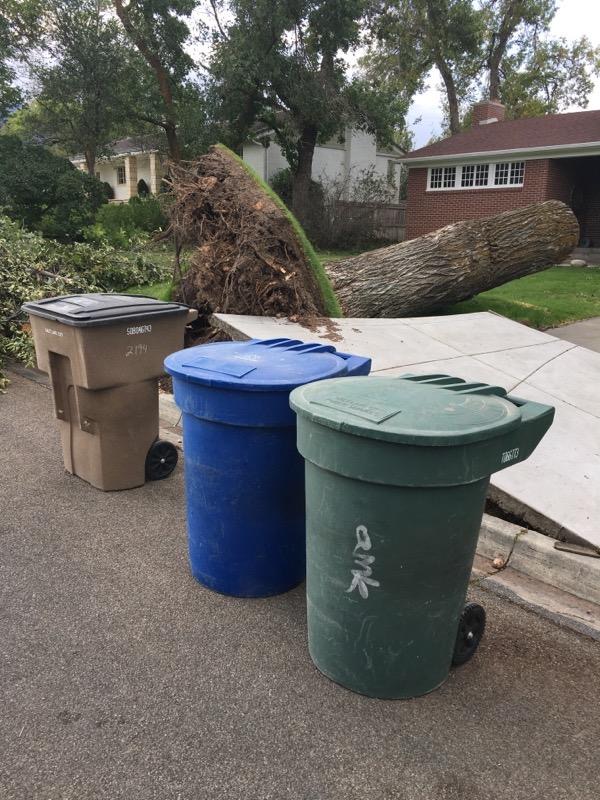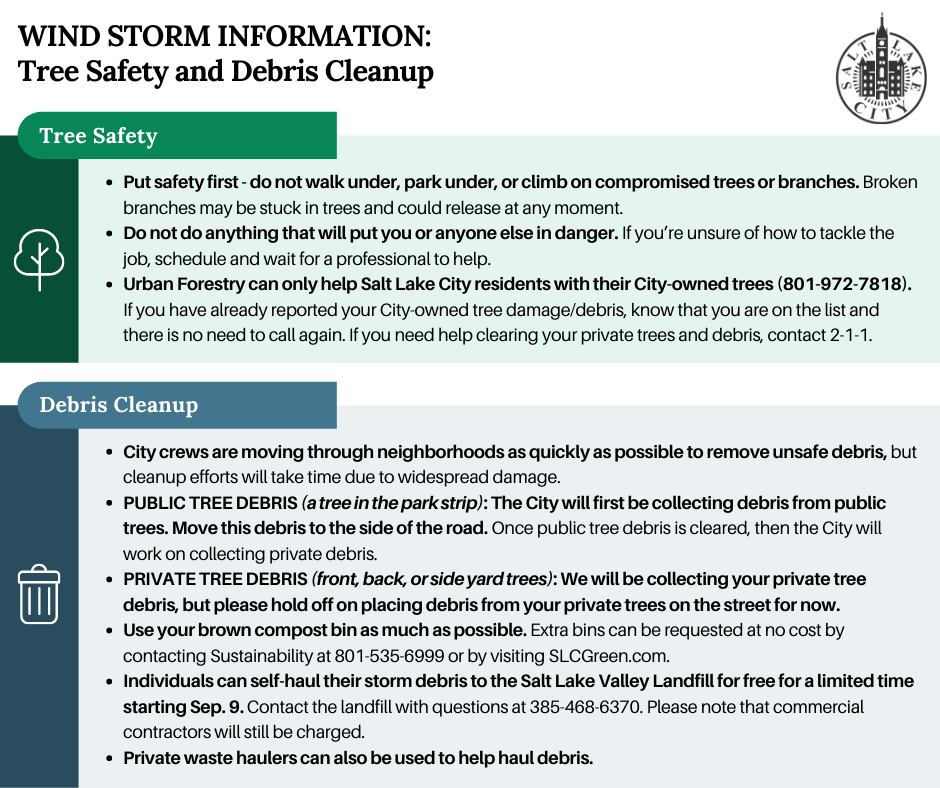PRESS RELEASE FROM ROCKY MOUNTAIN POWER
NOVEMBER 24, 2020
SALT LAKE CITY— The Utah Public Service Commission provided final approval of an application by Rocky Mountain Power, on behalf of six large organizations in the state, to purchase electricity and renewable energy attributes from a large new solar project in Tooele County that is owned and being developed by D. E. Shaw Renewable Investments (DESRI). The application makes use of the Schedule 34 Renewable Energy Tariff, allowing large customers of Rocky Mountain Power to work through the utility to source renewable energy to meet the organizations’ clean energy goals.
The six customers include three local governments (Salt Lake City, Park City, and Summit County), one higher-education institution (Utah Valley University), and two ski resorts (Deer Valley Resort and Park City Mountain).
All six organizations worked with Rocky Mountain Power to source a greater share of their internal electricity needs from cost-effective renewable energy. The final Commission order completes a major milestone for the solar project to be online by 2023. Elektron Solar, an 80-megawatt (MWac) solar project to be located in Tooele County, was selected and recently executed contracts for its full 80-MWac capacity.
The Elektron Solar project is owned and will be constructed by DESRI, building on a successful collaboration between DESRI and Enyo Renewable Energy (ERE), a Utah-based renewable energy developer, that is now responsible for more than 275 MWac of new customer-driven solar capacity being constructed in 2021 and 2022 in northern Utah. The project was originally developed and permitted by ERE, a joint venture among affiliates of Enyo, LLC and MAP® Energy, LLC. The Elektron Solar project is anticipated to support approximately 100 construction jobs and will be an ongoing source of revenues to both Tooele County as well as the State of Utah’s School and Institutional Trust Lands Administration, which owns the land on which the project is sited.
When constructed, the 80-MWac solar project will be among the largest solar generators connected to the Rocky Mountain Power system. The larger facility size will enable customers to meet a significant portion of their demand with the project’s production at a very competitive price. Salt Lake City Corporation expects to source almost 90 percent of its annual electricity from the project while seeing the electric bill for city operations increase by less than 2 percent.
Quotes from participating entities:
DESRI:
“Our D. E. Shaw Renewable Investments team is pleased to partner with communities throughout Utah to deliver cost-effective clean power to citizens,” said Hy Martin, Chief Development Officer of DESRI. “We are thrilled to support cities and municipal entities as they become leaders in the clean energy transition across the United States. This project builds on DESRI’s substantial renewable energy presence across the country and continues our work of delivering power to public and private institutions in the region.”
Salt Lake City Corporation:
“This project is the biggest clean energy achievement Salt Lake City Corporation has made to date, but it will not be the last,” said Salt Lake City Mayor Erin Mendenhall. “We set the goal of generating 50 percent of our municipal power needs through clean energy, and this will project will get us to nearly 90 percent. Next up—we’re working tirelessly to achieve net-100 percent clean electricity for our entire community. The Rocky Mountain Power and Elektron solar project has shown how affordable clean energy is and how well a multi-customer acquisition project works. We’re well on our way to realizing those larger goals as the urgency of climate change demands.”
Summit County:
“Summit County is pleased with the results of this partnership that will allow us to achieve net-100 percent renewable energy for all government and dependent district operations nearly seven years ahead of Council’s goal of 2030,” said County Manager Tom Fisher. “The nominal cost increase for clean, renewable energy made possible by this collaboration is the most cost-effective way to make an expedient and significant contribution to our broader goal of decreasing greenhouse gas emissions 80 percent by 2040.”
Park City Municipal:
“The innovative partnership between local governments, Rocky Mountain Power and Elektron will be a catalyst for the creation of clean jobs in rural Utah, while also powering all of the city’s operations, from streetlights to our electric buses,” said Park City Mayor Andy Beerman. “This speaks to the power of collaboration among Park City’s largest energy users. We are proud to be part of this effort, which will move us closer to our goal of net-zero carbon and 100 percent renewable electricity for city operations by 2022, and community-wide by 2030.”
Utah Valley University:
“UVU is proud to be a partner on the Elektron Solar project,” said Dr. Astrid Tuminez, President of Utah Valley University. “As the largest institution of higher education in the state of Utah, UVU has a responsibility to demonstrate exceptional care for our environment. This project will provide over 90 percent of UVU’s electricity needs, dramatically reducing our environmental impact and contributing significantly to our goal of being carbon neutral by 2050. Projects like the Elektron Solar project provide the kind of high-quality jobs that UVU trains our students for — from electricians and construction managers to mechanical and electrical engineers.”
Deer Valley Resort:
“Deer Valley is committed to instilling a culture of environmental sustainability in all aspects of our operation to ensure that the resort remains green for future generations. The Elektron Solar project is a win for the environment and a map for communities and companies paving their own sustainable future,” said Julie Schultz, Deer Valley Sustainability Manager. “Our thanks go out to the entire team for this successful and forward-thinking collaboration.”
Park City Mountain and Vail Resorts:
“Investing in new renewable energy is a priority at Vail Resorts and we’re incredibly proud to be a partner in the development of the Elektron Solar project, which will provide 100 percent of Park City Mountain’s electric usage,” said Kate Wilson, senior director of sustainability at Vail Resorts. “As a global mountain resort operator, we have a deep responsibility to protect the environment in which we live, work, and play. Through Commitment to Zero, Vail Resorts has set a goal to reach a zero net operating footprint by 2030—including zero net emissions. This project is a key way we’ll get there.”
Enyo Renewable Energy:
“MAP® and Enyo formed Enyo Renewable Energy to create renewable energy projects that will lead the transformation of the Utah energy landscape by providing consumers with the local renewable energy sources they increasingly demand while providing substantial economic benefits to communities throughout the region,” said Christine Mikell, Founder and CEO of Enyo. “We are delighted to have worked closely with Tooele County, the State of Utah and regional stakeholders to ensure that the Elektron Solar Project would be a success for all involved.”
IN THE NEWS:
“Planned solar farm in Tooele County will deliver big on renewable energy”, Deseret News.
“Wasatch Back Governments and Ski Resorts Secure Renewable Energy Contracts,” KPCW.


